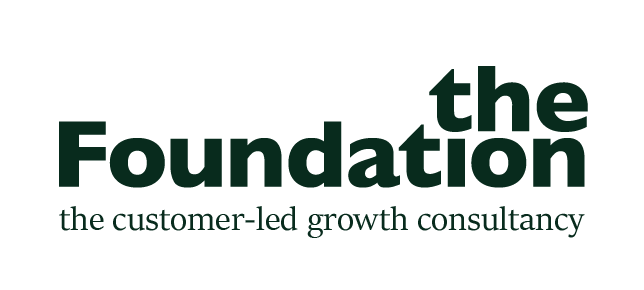Big little (brand) lies
This article was originally published by WARC
Brands that don’t keep their promises across the entire customer experience are playing a dangerous game – our Partner John Sills considers the remedies
As we approached the end of the last decade, I decided, like most people, to set some new year's resolutions that I would absolutely definitely keep until at least February. And within a few days, not only had I given up, but I’d been reminded of the importance of making sure your promises bear some semblance to reality. As for individuals, so for brands.
I spend a ludicrous amount of time on trains every week, so one of my ideas for 2020 was to try to make better use of that time. And what better way than closing my eyes and resting my brain?
Headspace is an app that’s become well known in the past few years, at the forefront of the Mindfulness movement, offering short audio clips to help people take their mind off their daily stresses for a few moments. And the experience itself is great. Lots of content, lots of options, lots of accidentally napping on the train and missing my stop.
What was less great, though, was the number of emails Headspace sent my way once I was signed up. In the first week alone I had seven emails, offering discounts on products, asking for feedback, and even one suggesting I relax and ‘do nothing’.
Headspace, I would love to ‘do nothing’. But unfortunately, I have a huge backlog of your emails to work through…
This is a great example of the disconnect between a brand’s promise and the reality of experience it provides. The organisation is set up to promote mental health and well-being, to escape the information overload that we all face every day. Yet by sending so many unwanted emails, they were inadvertently adding to one of the ongoing stresses most of us face – endless emails.
As an outsider looking in, it feels like their marketing team is detached from the rest of the business, not attuned to its core purpose, but instead focused on its own KPIs of product sign-ups and positive NPS scores.
This disconnect is something that can be seen plainly for many companies who choose to separate their ‘marketing’ and ‘help’ twitter handles, not wanting to dilute the message of their promise with the reality of the customer experience.
It can be seen in many other areas, too:
I recently tried to book a holiday with the usually-wonderful Trailfinders, who promise a human, one-to-one service – as long as you’re happy to phone them directly, as you’re not able to email or text your allocated travel agent with suggestions for tweaks to your trip.
Or BT’s new ‘Beyond Limits’ campaign, which is ironic as if you’ve ever tried to change or leave your contract early, you’ll find your options are very limited indeed.
And of course, the all-too-familiar ‘your call is very important to us’ – just not important enough for us to hire more people to answer your call more quickly – or those companies that promise to be open and connected, as long as you want to talk to them about something they want to talk about.
The gap
This gap between promise and reality is a common feature in our world at the moment, with the current crop of politicians seemingly happy to promise anything that will make voters happy, with little regard for whether or not they can – or even plan to – deliver on them.
However, whereas people tend to be loyal to politicians given the deeply emotional nature of the subject, the same isn’t true of people’s relationships with most organisations.
As the hyperbole around brand purposes and promises ramps up, the risk of having disappointed customers is increasing. The money spent on marketing is quickly negated by the cost of dealing with failure demand and complaints. Customers opting to go elsewhere then brings more pressure on to the marketing team to fill the bucket again.
Telling people what your brand will deliver is important but delivering it even more so. The first step to doing this isn’t the advertising campaign to your customers, but the internal campaign to your colleagues, making sure that everything they do supports the overall purpose that your company has promised to try and achieve.
And that may well give your customers a bit of headspace, too.


